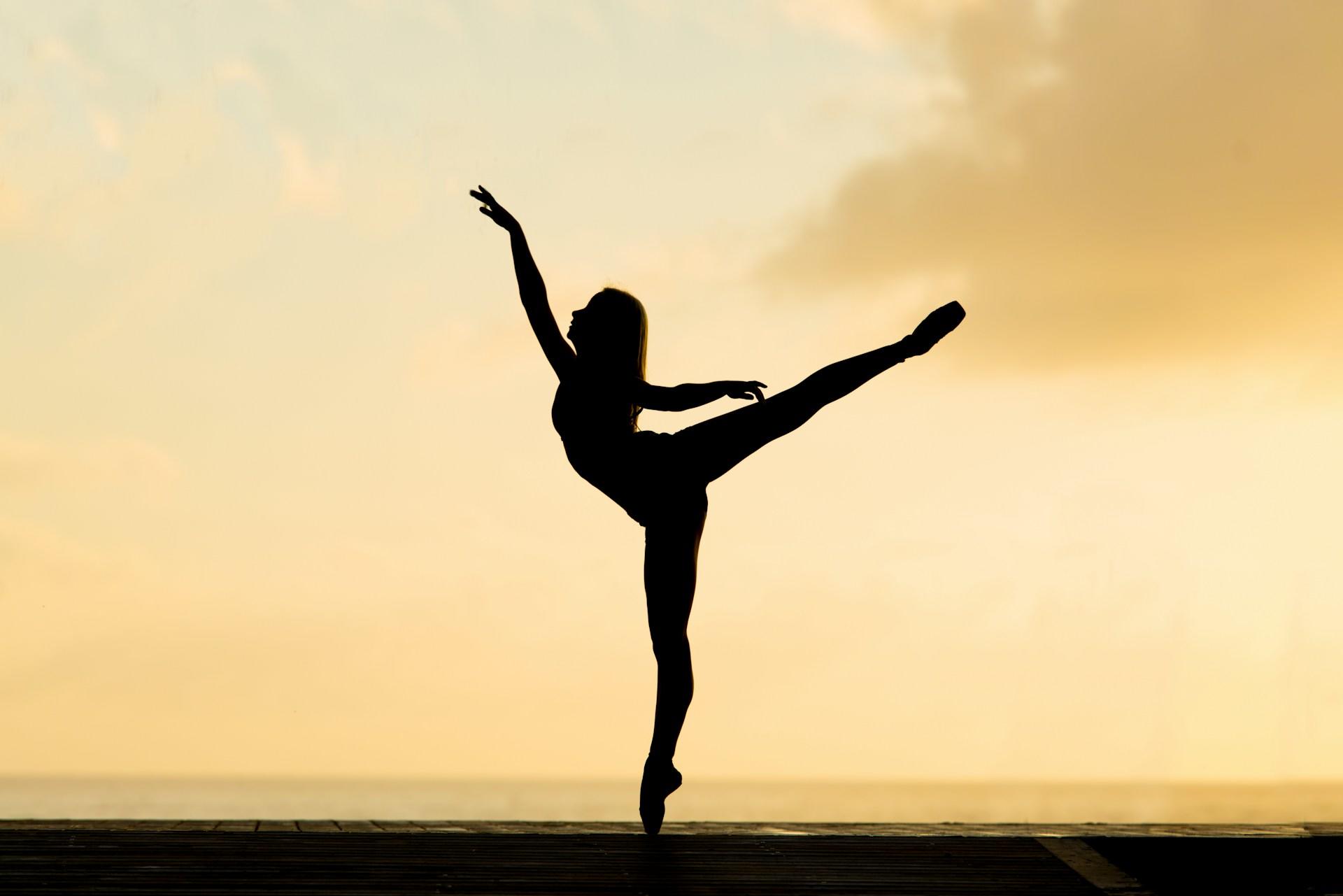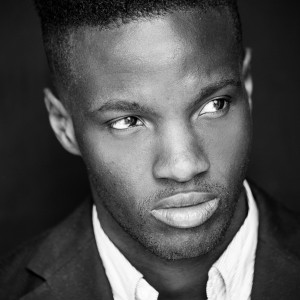Great dancers are not great because of their technique, they are great because of their passion.
Martha Graham
Martha Graham, the American choreographer and dancer, might have been speaking about any field, not just dance. One can be technically proficient in guitar playing, technology deployment, or law. However, technique alone does not make for a remarkable performance.
Whether the mechanics of ballet interest you or the dance's grace and power enthuse you, the benefits remain the same. You too can build strength and find discipline through ballet training. In fact, so great are the benefits that we must break them into categories. In this article, we discuss a few of the most important benefits of ballet.
| 💪Physical benefits | 🧠Mental benefits | 🩺Health benefits | ⌛Long-term benefits |
|---|---|---|---|
| Tones and lengthens muscles | More clarity and focus | Increased energy | Keeps you flexible |
| Builds strength | Boosts self-confidence | Improved stamina | Assures heart health |
| Triggers endorphin release | Great for stress relief | Increases metablolic rate | Staves off dementia |
| Stronger bones | Enhances mindfulness | Helps lymph drainange | Better balance and coordination |
| Better posture | Permits self-expression | Improves breathing | Maintain a healthy body composition |

The Benefits of Ballet

Anyone who caught the shocking news of Michaela dePrince's passing (September 2024) must wonder how extensive ballet benefits could be. After all, Ms dePrince had been dancing for more than half of her life. One might reason she must have been the picture of health, and in complete command of her destiny.
No cause has yet been released for her untimely passing, and we'll not indulge in speculation. Instead, we look to Michaela dePrince as an inspiration, a testament to the human spirit's resilience.
We remain grateful for her passion, and for the many performances she treated us to.
This tragedy aside, we can look to other ballet dancers as proof of all this art form's benefits. Mikhail Baryshnikov is still going strong at 76 years old. He began studying dance when he was 12. Likewise, actress Jane Seymour (age 73) has a background in dance, though she didn't pursue it as a career.
One can easily spot ballet's influence on both of these performers. Their exemplary posture and self-confidence, their grace and fluid movements give their backgrounds away.
Correlation does not imply causation.
David Hume (probably)
Nobody knows exactly who coined that phrase. David Hume's work, A Treatise of Human Nature, cites something close to this idea. Regardless of who thought it up, it is correct. Mr Barishnikow and Ms Seymour thrive long past retirement age, but that doesn't mean it's because they danced.
Still, why take a chance? Dancing can help you lose weight and achieve your fitness goals. One might even argue that ballet dancing for fitness tops other dance styles, in that regard.
Fitness and dancing go hand-in-hand, that true, but few other dance styles are as demanding - or as complete, as ballet. Dancer and fitness coach Nicky McGinty makes the connection between ballet and your optimal self clear in this clip.
The Physical Benefits of Ballet
Most people get moving because they want to move better - without pain, with grace, and with energy. This physical exercise, in turn, provides mental health benefits.
Though physical and mental health benefits intertwine at every level, we first focus on ballet's effects on the body. Later, we'll dwell on the mental and emotional pluses of this graceful art form.
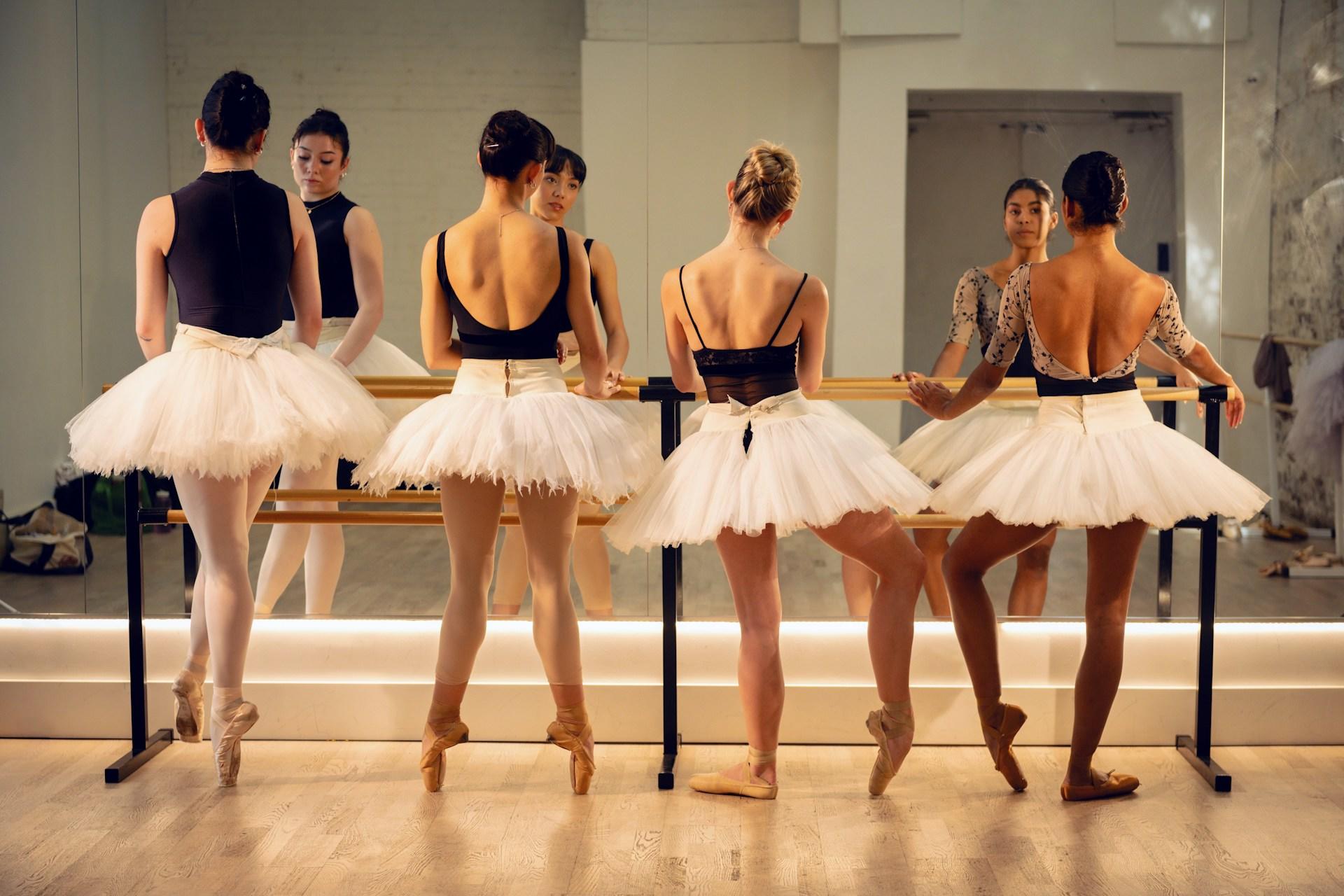
Muscle Benefits
As we age, long, supple muscle fibres become tougher and less elastic. We lose degrees from our range of motion, and muscle stiffness becomes a painful, bothersome condition. Our relatively inactive lives make all these effects worse.
Good on you if you have a workout routine to follow. However, targeting muscle groups and piling repetitions onto what you already do won't help you much. Varying your movements works your muscles differently, and even works different muscles along your target areas.
Time Under Training is a type of resistance workout, which involves controlled-tempo movements, and heightened muscle tension.
Ballet is the original TUT. You will flex and hold poses for a few seconds. You will engage long and short muscle fibres, and use controlled movements to keep your muscles under tension. Building big muscles isn't the goal; building resilient ones is.
Bone Benefits
Many types of exercise are weight-bearing: walking and running, stair-climbing, and tennis. Dancing falls in this category, too, especially ballet. Unlike swimming, cycling, and kayaking, these activities put weight on your skeleton, which stimulates bone build-up.
This benefit's flipside is less bone loss in old age. Osteoporosis means 'porous bones', in which the structure becomes more brittle. Ballet for fitness helps slow this condition, and all the muscle building this exercise brings help support skeletal structures.
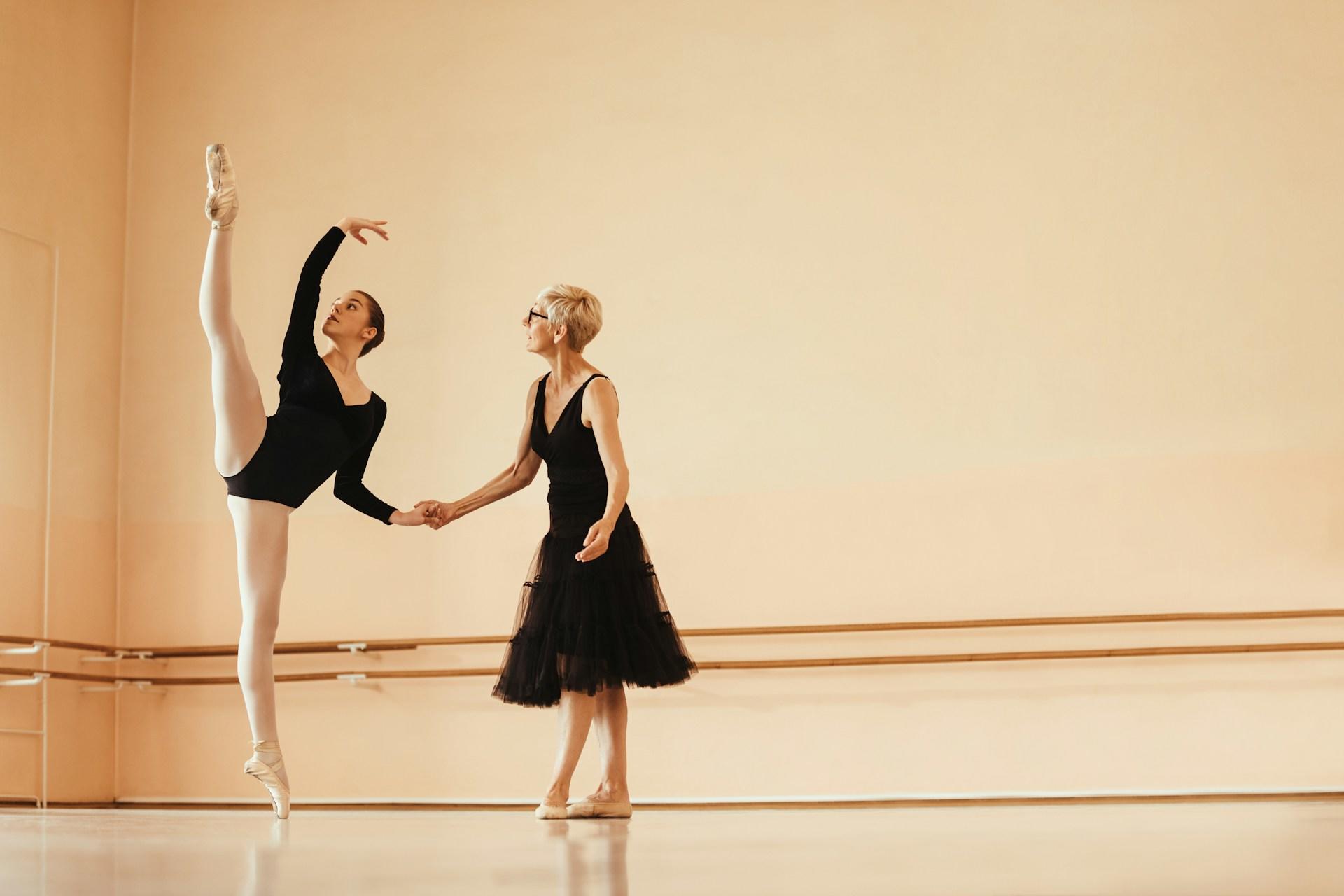
Flexibility Benefits
Unlike salsa dancing or hip-hop dancing - a great weight-bearing dance style, ballet dancing does wonders for your flexibility. Ballet works many muscle groups, both minor and major. Furthermore, this dance calls for you to engage muscles all over your body, an aspect other dance styles don't require.
Ballet's measured moves are another bonus this dancing style delivers. Even the most dazzling pirouettes call for controlled movement, meaning you're less likely to tear or strain any muscles. As long as you follow your dance instructor's warm-up tips, you can remain injury free while getting more flexible.
Joint Benefits
Ballet dancers' flexibility comes, in part, from their well-oiled joints. As this dance style calls for grand arm movements, high leg poses, and pliés of various depths, ballerino's knees, hips, and shoulders must remain in top shape. As we compare a Latin dance - salsa, with ballet, we can better see the benefits.
Salsa dancing
- emphasis on footwork
- heavy hip action
- minimal arm movement
- no torso or head action
- fast-paced
Ballet dancing
- entire body involved
- minimal hip action
- grand arm movements
- some torso and head action
- slow- to mid-fast pace.
From this, we note that salsa dancers build strong leg bones, and lots of hip fluidity. By contrast, ballet dancers express their art using their entire body, from the tragic bend of their neck, to sweeping arm movements. We might say that, for fun, dance salsa but for fitness, ballet is the best choice.
Posture Benefits
Dramatic, exaggerated lines are a ballet trademark. Straight legs ending in pointed toes, gracefully arced arms with delicately poised fingers. Through it all, the back remains straight.
No choreographer would tolerate a slouching Swan (in Swan Lake), even in the corps de ballet. As this clip demonstrates, these dancers keep their backs firm, even as they swoop forward ahead of their triumphant High Fifth (arm position).
Health Benefits of Ballet
Dancing is so much fun, people wonder how it can impact health and fitness levels. The fun is an essential ingredient. Imagine heading to the gym to grind out yet another workout. Even with your favourite soundtrack pumping, repetition - reps, hardly define fun.
By contrast, a ballet workout is as serious as it is fun, and beneficial to more than your body. The slow resistance moves give your muscles a warm glow, which lead to greater endorphin release.
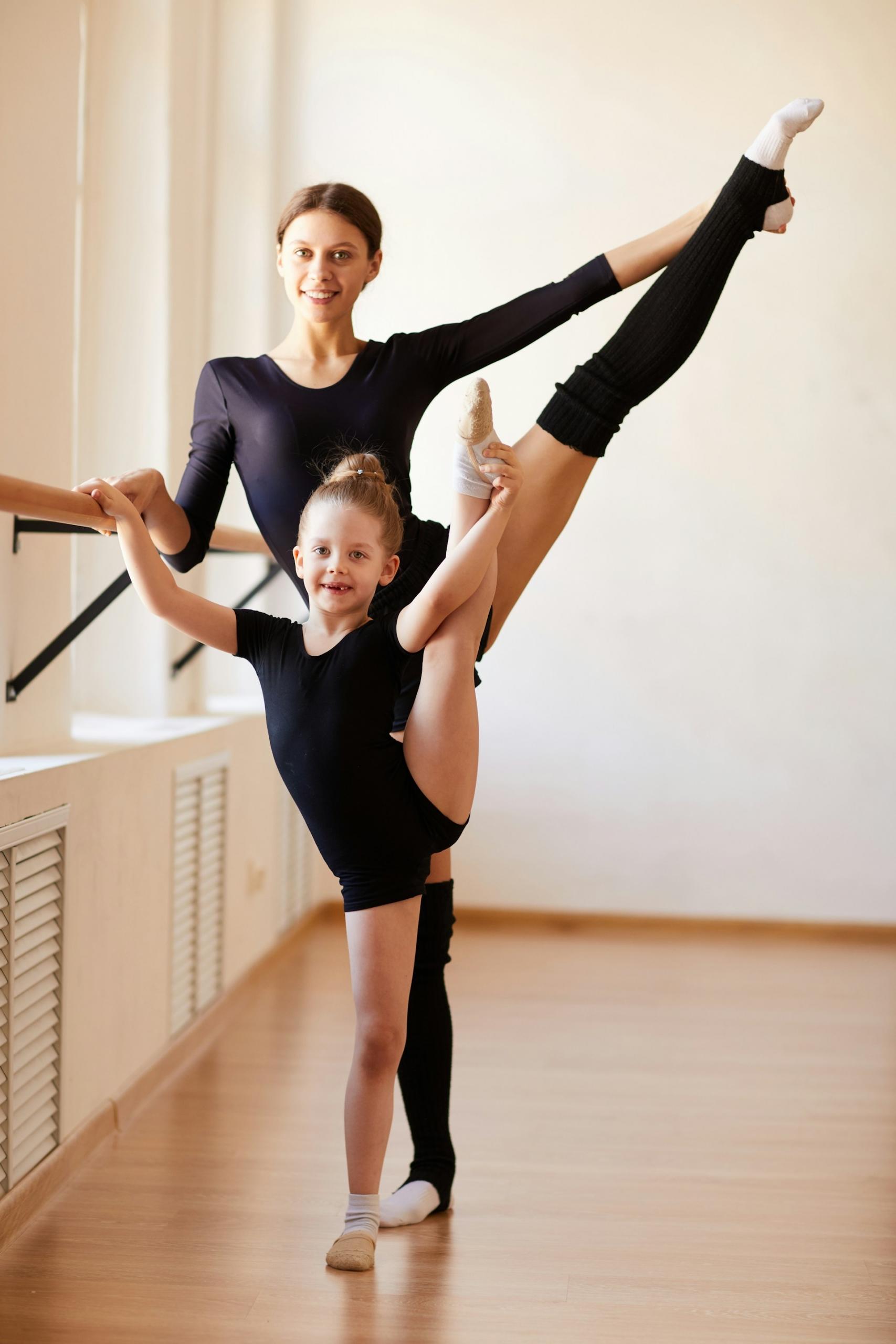
In part, the greater focus on dance moves provokes this flow. It stays with you long after you've changed back into your street clothes.
Ballet for Stress Relief
We might say that endorphins are the anti-cortisol. Cortisol is a hormone your body releases when you're stressed. It causes you to tense up, and your mind gets clouded with all you have to deal with.
Let's say you've had a bad day at school or work. Each frustration left you more tense; your self-assurance might have even taken a few hits. Now, at dance class, those aggravations have no space in your mind. The calming music and intense focus on your body flush away your excess of stress hormones.
Ballet for Mindfulness
Ballet dancers are exquisitely aware of their bodies and how they move. They focus on the music, allowing themselves to become an extension of it. Soon, the session is no longer a matter of people dancing to music, but musical expression made corporeal.
Being fully in the moment, and full awareness of the activity in that moment.
We would need a separate article to describe the mental health advantages this level of mindfulness brings. Ballet dancing involves the whole body at once: feet and legs, arms and torso, neck and head, and your mind, too. Focusing on your posture, balance, and movements, all while listening to soothing music, is the very definition of mindfulness.
Ballet for Self-Confidence
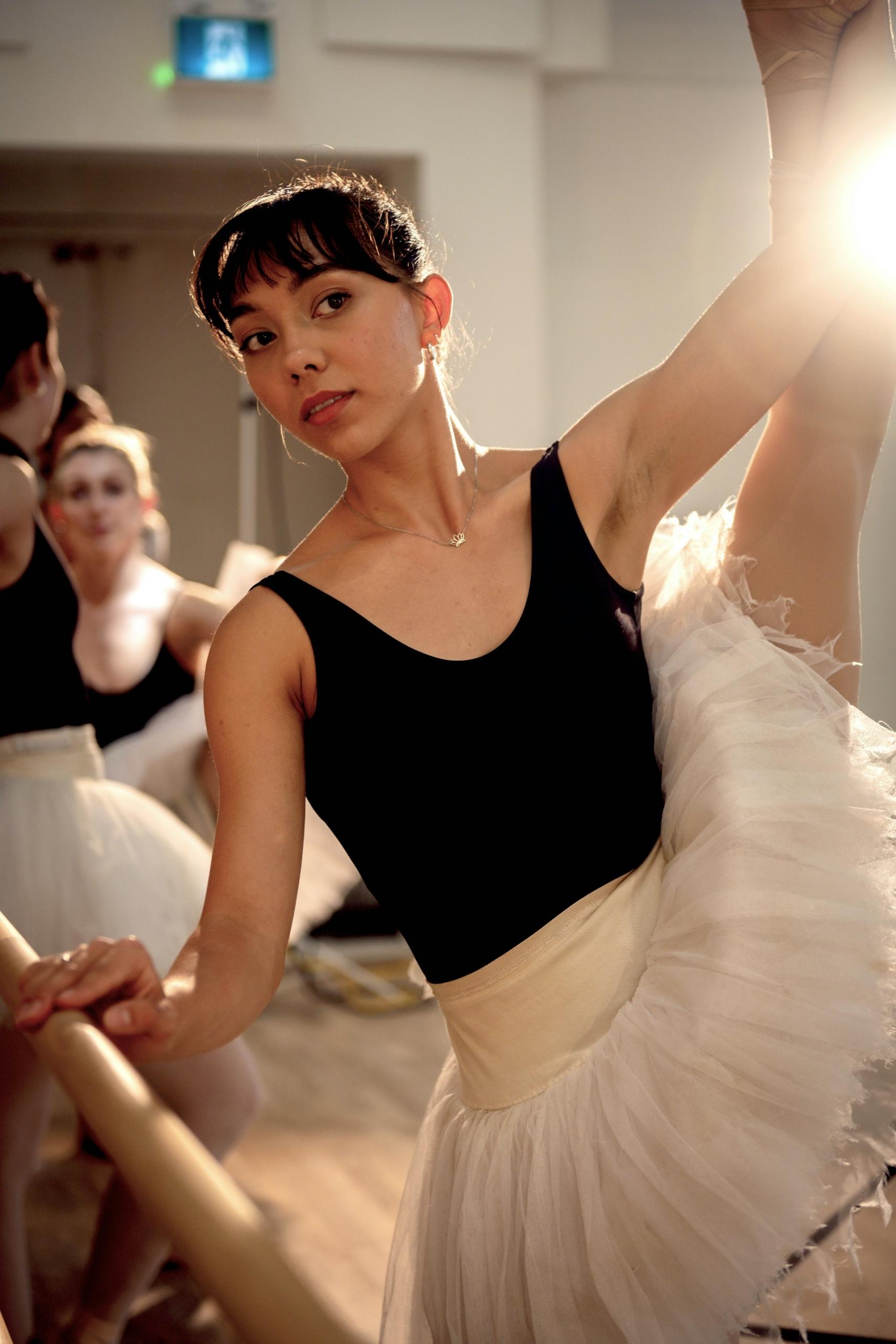
Mirrored walls and menacing barres are not likely to inspire beginner ballet dancers. But that's only until you reason that you're one among many dancers. Everyone, including your dance instructor, is there for the same purpose as you: not to judge, but to enjoy.
More importantly, everyone will quickly fall into mindfulness, including you. It won't matter if you don't like yourself in leotards, or if your movements are awkward, at first. The point is to make that mind-body connection. You'll then carry it with you wherever you go, even outside the studio.
Revelling in your body's abilities is your first step towards self-confidence. Knowing what you're capable of doing reinforces your desire to continue this activity. This sets up a positive feedback loop: the stronger your self-assurance, the more you wish to do, and the better you feel.
All of that, floating around on a stream of feel-good endorphins! This is one reason why ballet workouts are so good for you. You can enhance your ballet benefits with the best resources to guide your dance workouts.

